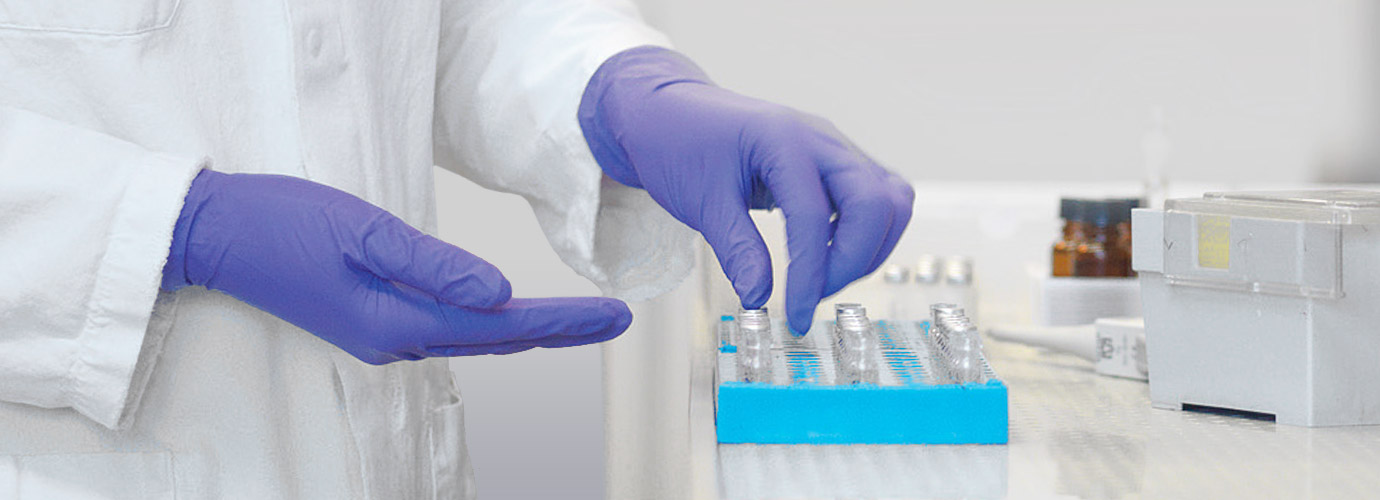Call for restrictions on cranial computer tomography in children with minor head trauma

11.2019
Author Prof. J. Spranger, University Department of Pediatrics Mainz
Based on a retrospective analysis of the medical charts of 214 infants, children and adolescents admitted due to minor cranial injuries, an Austrian team of paediatric surgeons, radiologists and neuropaediatricians recommend the reduction in the number of cranial CTs to below the common standard [1].
The protocol was as follows: Routine CTs were only ordered for patients with a Glasgow Coma scale (GCS) score of <14, a protuberant fontanel, complex cranial fractures, focal neurological defects or agitation. Patients with less severe symptoms such as lethargy, vomiting, headache, transient loss of conscience were admitted to the hospital for a 24h observation period. In these cases, a CT was only ordered if the clinical symptoms worsened or on express parental demand. Patients with no clinical symptoms upon initial examination were not admitted to the hospital for observation but discharged after examination.
Following this protocol, CTs were only ordered for 14 children and adolescents (6.5%), i.e. six children with a CGS score of 13, three children with a GCS score of 14 and five children with a GCS score of 15.
Comment: The authors’ primary concern was to reduce radiation exposure in children with minor head trauma, offering the reminder that a skull CT exposes a child to a radiation dose equivalent to approximately one year of background radiation [2]. However, refusing a CT remains a challenge as demonstrated by the case of two children in the present study, who had intracranial bleeding in spite of a normal Glasgow coma scale score.
In young children, size and location of scalp hematomata provide additional criteria for decision making. Haematomas with a diameter of more than 6 cm and those in the parietal or occipital region qualify for a cranial CT, at least in children up to 2 years of age [3]. It must be emphasised that the study did not include neonates with birth traumas.
References:
[1] Arnetz C, Sinzig M, Acchatz E, Fasching G (2018) Can a CT be omitted in pediatric minor head trauma? J Pediat Neurol 16(01):1-7.
[2] Rao R, Browne D, Lunt B (2019) Radiation doses in diagnostic imaging for suspected physical abuse. Arch Dis Child 104(9):863-868.
[3] Bressan S; Kochar A, Oakley E, et al. (2019) Traumatic brain injury in young children with isolated scalp haematoma. Arch Dis Child 104(7):664-669.


